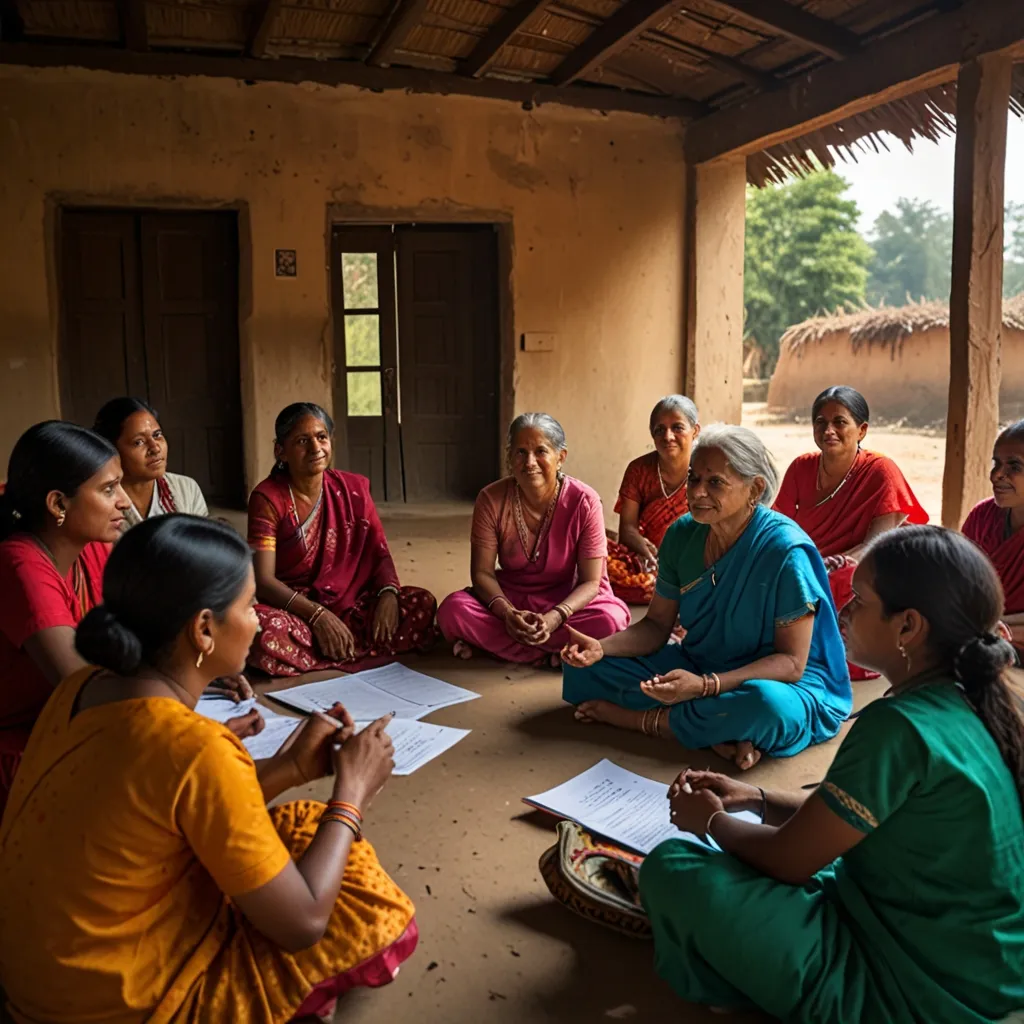If I start this story with a question—how would you react if your daily reality suddenly shifted in response to a threat you couldn’t see—would you pause and reconsider what you know about history? That sense of vulnerability has shaped humanity again and again. I’m drawn to the idea that some of our greatest advances rose from moments of collective trauma, especially when invisible threats overturned entire civilizations. Let’s consider five epidemics that didn’t just take lives, but rewrote the rules of society, science, and even the human spirit.
Long before modern science, the Plague of Athens descended in 430 BCE, right as Athens was locked in a bitter war with Sparta. Imagine the city, once confident and bustling, suddenly paralyzed—ordinary rituals, mourning traditions, and even alliances crumbling under fear of contagion. Thucydides described bodies abandoned and rituals forgotten; it’s a scene that feels shockingly contemporary. What struck me most isn’t just the suffering, but how quickly communities reimagined their values under stress. This outbreak forced Athenians to confront the limits of their medicine and their compassion. Some scholars argue that it nudged public debate toward ideas of isolation and contagion—concepts we still wrestle with. In your own life, how does fear of illness change the way you interact with those around you?
Pandemics seem to lay bare the structures underlying society, prompting change at an unprecedented pace. When the Black Death reached Europe in the mid-14th century, it upended everything from working life to religious authority. The scope was immense: perhaps half of Europe’s population—men, women, and children—gone within a matter of months. Labor shortages became so acute that peasants could suddenly demand better conditions, something unheard of for centuries. I’m fascinated by how this tragedy fueled urban reforms, richer burial practices, and even shifts in medical theory. On the edge of collapse, many societies redirected their priorities in ways that would linger for generations. The darker side, and something we see repeated in crises even now, was the scapegoating of minorities. It’s a reminder that fear can just as easily lead to progress as regression.
“History is a vast early warning system.” — Norman Cousins
Turning to the 1918 influenza pandemic, you see another moment where ordinary people faced extraordinary loss—more deaths in a single year than World War I had managed in four. Striking down young, healthy adults more than the old and frail, it overwhelmed hospitals and authorities who were often slow to admit the scale of the threat. One lesson stands out: transparency is essential in health emergencies. When governments downplayed the outbreak, trust evaporated, and misinformation flourished. International efforts to pool data and resources—sometimes successful, sometimes not—set the stage for cross-border collaborations we depend on today. If you’ve ever questioned the importance of honesty in official responses, this pandemic is a powerful example.
“There is no medicine like hope, no incentive so great, and no tonic so powerful as expectation of something tomorrow.” — Orison Swett Marden
The story of smallpox combines tragedy with triumph. For centuries, smallpox killed millions and especially devastated indigenous populations caught in the aftermath of colonial encounters. Entire civilizations—such as those in the Americas—were forever altered, not just by conquest, but by a disease they’d never faced before. And yet, this same peril inspired one of medicine’s landmark creations: vaccination. Edward Jenner’s experiments with cowpox revolutionized the way we approach disease prevention. What’s inspiring, in my view, is the sheer determination and cooperation required for smallpox’s global eradication. The campaign showed that persistent, coordinated action can accomplish what once seemed impossible. In today’s constant search for cures, this story should prompt us to wonder: what problem could we solve if we worked together across borders and cultures?
The AIDS crisis in the 1980s brought its own, harsh lessons. Unlike earlier epidemics, HIV spread slowly, invisibly, and at first was misunderstood by both the public and medical world. Early responses were clouded by stigma and misinformation, but activists didn’t accept passivity or neglect. They campaigned for research funding and fair drug pricing, forcing governments and companies to act faster and fairer. One of the pandemic’s enduring legacies is the realization that public health is inseparable from social justice: to succeed, efforts must include education, community engagement, and the fight against inequality. Today, HIV is managed as a chronic disease—a testament to perseverance and the power of patient advocacy.
“Not everything that is faced can be changed, but nothing can be changed until it is faced.” — James Baldwin
What interests me most are the unexpected changes epidemics cause in art, religion, and philosophy. The Antonine Plague in ancient Rome, for example, shifted artistic and spiritual practices, contributed to the decline of military recruitment, and arguably paved the way for the spread of Christianity and other belief systems. When traditional structures falter, people seek comfort and meaning elsewhere; new religions and ideas often gain ground at moments of collective uncertainty. Have you wondered how the psychological impact of epidemics transforms not just medicine but faith, expression, and even politics?
Looking at these five outbreaks together, a striking pattern emerges: catastrophe forces us to adapt, but in ways that are rarely linear or predictable. Epidemics spark debate about care and responsibility, prompt both solidarity and division, and encourage innovation in science and policy. Often, the disruptions they cause have as much to do with the stories we tell—and the questions we ask—as the microbes themselves. For instance, how did pandemic labor shortages in the Middle Ages reshape the values of entire regions? How did religious traditions evolve under the pressure of recurrent death and uncertainty? Are we more resilient today, or just differently vulnerable?
“The greatest glory in living lies not in never falling, but in rising every time we fall.” — Nelson Mandela
Today, as we continue to confront emerging diseases, the lessons of past epidemics feel especially urgent. Our world is more connected than ever, making coordinated response both possible and absolutely necessary. But it’s not just about rapid scientific advancement; it’s about compassion, trust, and collective effort.
If there’s one thing I hope you take away from this journey through history, it’s that even the smallest agents of change can have the greatest impact. Are we prepared to face whatever challenges lie ahead? Do we have the humility to learn from past mistakes and the wisdom to build something better? Epidemics remind us—not cruelly, but simply—with each new crisis, that our greatest strengths lie in community, honesty, and the ability to adapt.
Let’s keep asking the hard questions. Let’s remember what these moments cost—and what they gave. As we write our own chapter in this ongoing story, may we recognize that every challenge is also a chance to imagine a future where public health is truly universal and protective of everyone.
“Those who cannot remember the past are condemned to repeat it.” — George Santayana






